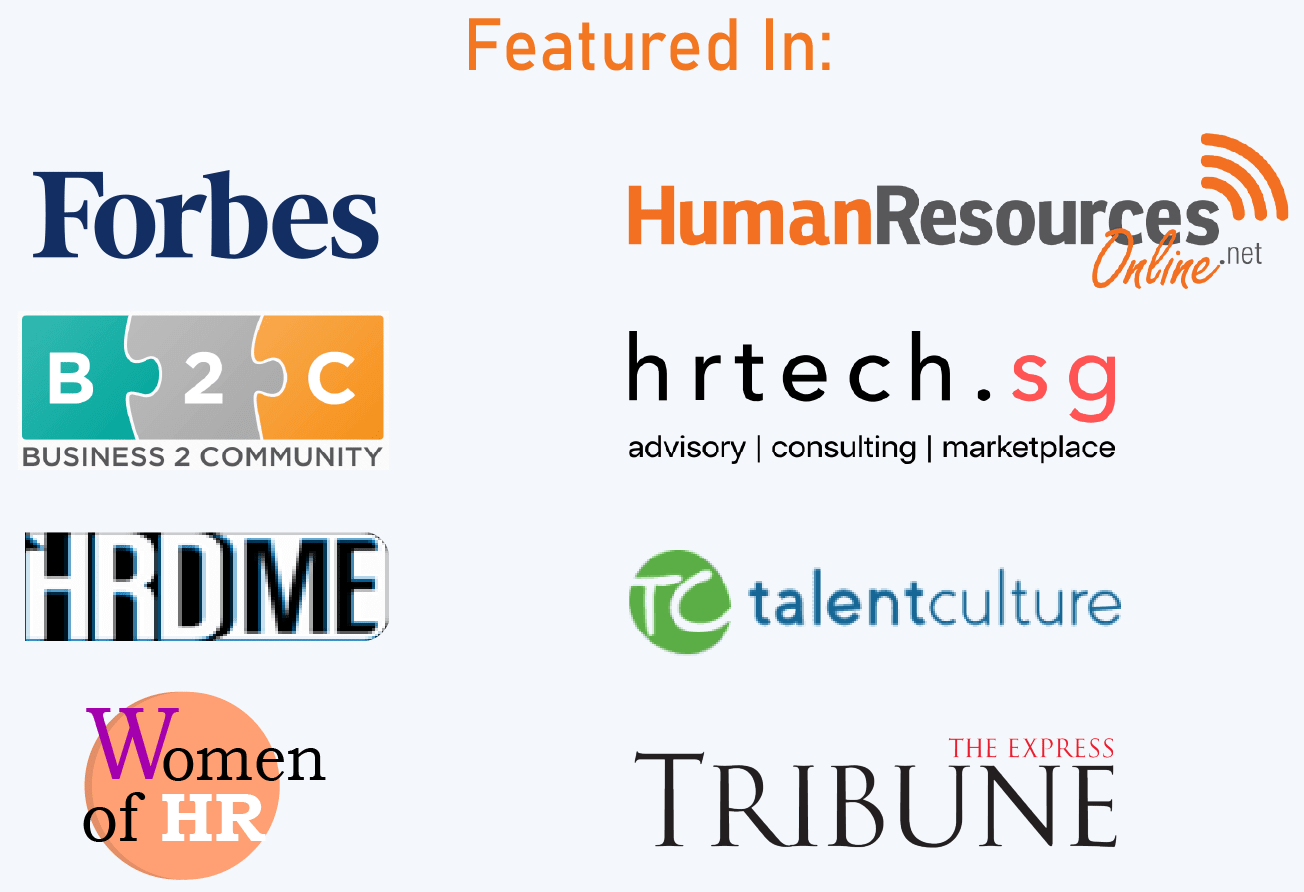The pandemic has affected workers in different ways. Boundaries between work and life are blurred. Workers don’t know when to log off. Employees lack a sense of connection as they are cut off from the peers they typically work with. No wonder why employee burnout is rampant.
A recent study conducted by DDI and HR analyst Josh Bersin, took input from more than 15,000 leaders and 2,102 human resource professionals, and found that leaders and employees are burning out at record rates. And the results are quite surprising. Nearly 60% of leaders reported they feel used up at the end of the workday and only 20% of surveyed leaders believed they were effective at leading virtually.
I’ve previously given tips to avoid leadership burnout and battle the WFH exhaustion. In this article, I share two effective tips on how you can keep your employees from the perils of burnout and weather this storm.
1. Have a manageable workload
Workload is often one of the primary reasons employees cite for burnout. While some reports indicate that productivity spiked up when people switched to fully-remote work, leaders must not be tempted to increase workloads. Many employees completely immersed themselves in work as a way to deal with the vast unknowns. Workers have kept their nose to the grindstone for so long that their productivity levels may experience a decline. In a study published by the Workforce Institute at Ultimate Kronos Group (UKG) in September 2020, 43% of respondents called their organization’s ability to balance workloads to prevent fatigue and burnout a top priority during the pandemic.
As a leader, you need to ensure that your employees aren’t burdened with unreasonable workloads or prolonged rigorous schedules. On occasions when the workload would increase, communicate clearly about priorities and state what can be put on the back burner until time permits. Also, consider other competing challenges that your team may be facing; someone may be struggling with childcare responsibilities whereas another employee may be trying to combat Zoom fatigue. Assign tasks and workload based on each employee’s abilities. However, this doesn’t mean that you give the workhorse more projects than others. It’s important to be fair to all.
2. Be an active listener
Empathetic communication is perhaps the most essential skill in a crisis. It not only increases job satisfaction and reduces burnout but is also correlated with enhanced well-being. As a leader, it is important to provide people a safe place to share and acknowledge through your actions that they are being heard. One study found that on average an adult will say “I’m fine” 14 times a week, though only 19% of people really mean it. Almost a third of the 2000 people in our survey said that they often lie about how they’re feeling. The findings of this survey speak volumes as why it is critical to notice patterns and closely pay attention to what your employees are talking about, so you can spot and head off problems.
Here’s what you can do. Look deeper. Take one-on-one sessions or set up open forums via Slack, Teams or any other collaboration tool where people have a safe space to share their thoughts. You may also use survey tools, so employees have the opportunity to provide anonymous feedback. In addition to that, create a culture of trust and transparency by regularly updating employees about your organisation’s return-to-office plans and pivots in structure. This will also reduce their stress that is only aggravated by the current workplace landscape filled with uncertainties.
Learn how you can take your leadership teams through a growth model which will help them mature on a personal and professional level by following me on LinkedIn and subscribing to the Keijzer Community.
Paul Keijzer is the CEO and Founder of Engage Consulting and the co-Founder of The Talent Games, which aims to transform HR by digitising talent processes and creating more engaging and productive workplaces through gamification and mobile technology. As a global HR and Leadership Management expert, Paul knows how to combine business insights with people insights to transform organisations and put them on the path to growth.




